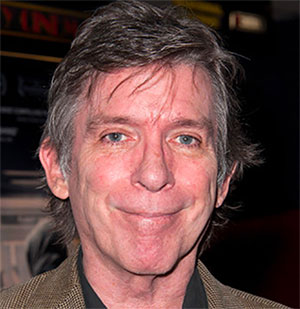Review: Haruki Murakami is in fine form with 'The City and Its Uncertain Walls'
Published in Books News
In the afterword to his latest novel, “The City and Its Uncertain Walls,” Haruki Murakami writes that authors spend their careers rearranging a “limited pallet of motifs” to tell a “limited number of stories.”
It’s a provocative claim for a prolific author, but particularly apt for this new work that revisits — and improves upon — his 1985 “Hard-Boiled Wonderland and the End of the World.” Murakami began writing “The City” in March 2020, and while it’s no pandemic novel, its themes of reassessment and isolation clearly reflect that era.
The story is remarkably unadorned and focused, if a bit drawn out, and feels like Murakami’s most assured work in a long time. He relishes using steady recapitulation and almost Platonic dialogues to build a ruminative atmosphere. It’s wonderfully captured by Philip Gabriel, who has translated most of Murakami’s fiction of the past 25 years.
“The City” initially adheres to the format of “Wonderland” by interweaving two stories, one in the “real world” and one in a “town surrounded by a high wall.” The former story line is completely new here, and opens with our unnamed narrator, who’s 17 and in love with a 16-year-old girl. It’s an all-consuming but chaste romance, largely conducted through letters.
The girl feels like “a mere stand-in, a shadow” of her real self, who exists in a walled town. The narrator can find her there, she says, and become a Dream Reader. All he has to do is “wish [his] way in.” When she abruptly disappears, the narrator is bereft and for nearly 30 years, can’t move on, growing “all the more isolated and alone.” It is this 45-year-old version of the narrator who arrives in the walled town, though the girl is still 16 and has no memory of him.
Both the town and the story will be familiar to “Wonderland” readers. Town residents are severed from their shadows by the Gatekeeper. Golden unicorns clop down the streets. And the library shelves hold old dreams, now stored in ovoids instead of unicorn skulls, as they were in “Wonderland.”
This first section of “City” ends the same way “Wonderland” concludes, with the narrator and his shadow choosing different fates, and the remainder of the new novel charts its own course in the real world. The middle-aged narrator quits his corporate job in Tokyo and becomes head librarian in a small town some 60 miles north in Fukushima.
During a long winter, he learns the secrets of the outgoing librarian, meets the 30-something divorcée who runs the local coffee shop and befriends a teenager who reads with “an insatiable intellectual curiosity.” These stories coalesce in a deeply satisfying way and in one final return to the walled town, Murakami leaves readers with the possibility of hope for life in the real world.
I love the idea of revisiting the past through a story that so explicitly explores its often uncomfortable embrace and how easily one can become entangled in the wreckage of unrealized dreams. I hope Murakami has many more stories to tell, but if “The City” is his final permutation of these motifs, it’s a fitting, reflective capstone to a remarkable career.
____
The City and Its Uncertain Walls
By: Haruki Murakami, translated by Philip Gabriel.
Publisher: Knopf, 449 pages, $35.
©2024 The Minnesota Star Tribune. Visit at startribune.com. Distributed by Tribune Content Agency, LLC.













Comments